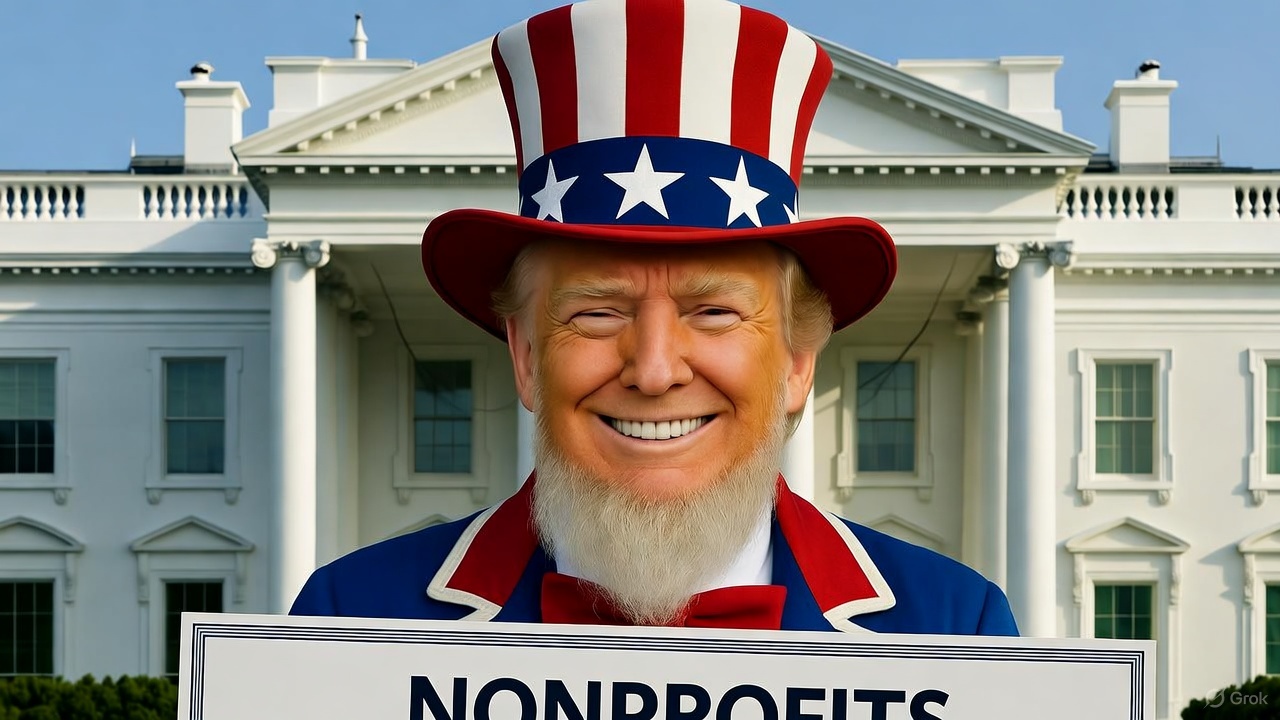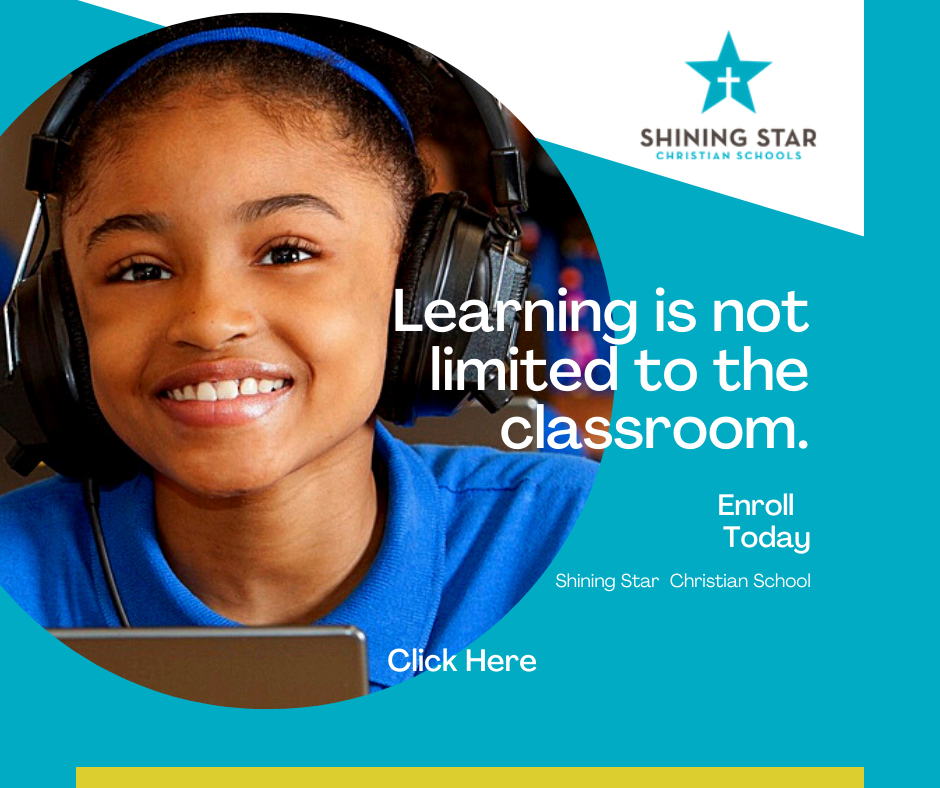
"Until you make the unconscious conscious, it will direct your life and you will call it fate." - Carl Jung
The U.S. government just handed nonprofits organizations the biggest opportunity in a generation.
And they're standing outside with protest signs instead of cashing the check.
USAID cuts. PBS defunding. Government shutdown drama playing out like a bad rerun.
501c3 nonprofit executives are panicking. Board members are emergency-meeting themselves into paralysis. Grant writers are updating résumés.
The inherited strategy: Protest the cuts. Lobby for restoration. Wait for government to save you.
That's not strategy. That's fate disguised as experience.
While nonprofits usa organizations are busy protesting funding cuts, YouTube just became the most underpriced distribution channel in nonprofit history.
Not as a "nice to have."
As a revenue replacement strategy.
Here's what 25+ years surviving Fortune 500 collapses taught me: When your funding source disappears, you don't beg for it back. You find the new source before your competitors do.
The new source? Public monetization through YouTube viewership and direct donations.
When I was at Wisconsin Voices, we faced a reputation crisis.
Typical nonprofit response? Hire a PR firm. Issue a statement. Hope it blows over.
We did the opposite.
We held our annual event where nonprofits grants recipients presented results. Instead of treating it like an internal accountability meeting, we video taped everything. Personal interviews with executive directors. Real stories. Real impact. Raw footage.
Then we took it public on YouTube.
FREE. UNDERPRICED. ATTENTION.
We created a video trailer that played at movie theaters. The U.S. State Department invited us to host IVLP visitors based on that digital presence.
Pattern recognition: When traditional channels close, digital channels open wider.
Let me show you what's really happening while you're updating grant applications:
Legacy media is bleeding credibility.
PBS cuts? CNN chaos? MSNBC meltdowns?
That created a massive void in digital media.
And YouTube reaction channels are making a killing filling that void with independent journalism, investigative content, and authentic storytelling.
The exact content nonprofits organizations have been creating for internal reports and never monetizing.
Here's where most 501c3 nonprofit boards are stuck:
They're executing inherited strategies. "This is how we've always raised money."
You call it proven methodology.
Jung called it unconscious fate.
The unconscious belief: "Government grants and foundation funding = only legitimate revenue sources."
The conscious reality: The public will directly support causes they care about through YouTube views, Super Chats, memberships, and Patreon - IF you give them content worth supporting.
Most reaction channels making $10K-$50K monthly? They started 2-3 years ago. In basements. With phone cameras.
Meanwhile, nonprofits usa organizations are sitting on professionally produced impact stories, data visualization, investigative findings, and expert interviews.
And posting none of it publicly.
That's not a funding problem.
That's a strategic vision problem.
The defunding of PBS and government-backed media isn't a crisis.
It's creative destruction opening distribution channels.
Centralized media required gatekeepers. Credentials. Institutional approval.
Decentralized media requires:
Every nonprofit already has the first element. Most have never attempted the other three.
Stop thinking "social media strategy."
Start thinking revenue replacement.
Here's the model:
Phase 1: Content Repurposing Take every grant report, impact presentation, and executive director interview gathering dust in your Google Drive. Edit for public consumption. Post consistently.
Phase 2: Audience Building Your existing donors, volunteers, and supporters become your initial subscriber base. They share. Algorithm amplifies. New audience discovers you.
Phase 3: Monetization Activation
Phase 4: Compounding Growth More content → More views → More revenue → Better production quality → More subscribers → More influence
This isn't theory.
This is pattern recognition from watching independent creators replace their six-figure salaries in 18-24 months.
While 501c3 nonprofit organizations with actual important missions are leaving that revenue on the table.
Most nonprofit boards are brilliant at what they do.
And completely blind to what's happening in digital media.
They don't watch YouTube creators. They don't understand monetization. They don't see the attention arbitrage.
That's not a criticism. That's a capability gap.
You wouldn't ask your finance director to perform open-heart surgery.
Stop asking your board to navigate digital transformation without bringing in someone who's survived the terrain.
Your organization needs someone who:
✅ Sees market disruption before it hits (pattern recognition)
✅ Survived Fortune 500 tech evolution (UNIX → Cloud → AI)
✅ Understands YouTube monetization mechanics
✅ Can translate nonprofit mission into digital content strategy
✅ Knows the difference between "social media presence" and revenue generation
✅ Has actually DONE this transformation (battle scars, not theories)
That's not a full-time CMO hire at $180K+ annually.
That's a Fractional CMO/CTO at $2-5K monthly with CMO/CTO hybrid expertise.
Strategic intelligence. Pattern recognition. Execution roadmap.
The kind of advisory relationship that belongs on your approved vendor list and potentially your board.
Scenario 1: Environmental Nonprofit
Current state: $500K annual budget, 60% government grants (now cut), panicking about survival.
YouTube transformation:
12-month result: 50K subscribers, $8K monthly YouTube revenue, $15K monthly direct donations from engaged audience, media outlets citing your investigations as primary sources.
Scenario 2: Education Nonprofit

Current state: $1.2M budget, 70% foundation grants (declining), competing with 10,000 other education nonprofits for same dollars.
YouTube transformation:
12-month result: 75K subscribers, $12K monthly YouTube revenue, 10X increase in individual donors who found you through content, invitation to testify at state legislature because your data visualization went viral.
When funding sources consolidate (government cuts), distribution channels decentralize (YouTube explosion).
That's not luck. That's strategic timing.
When PBS loses funding, where does quality educational content go?
When USAID cuts programs, where does international development storytelling go?
When foundation grants shrink, where does impact documentation go?
All of it should be going to YouTube. Monetized. Public-supported. Sustainable.
Instead, most nonprofits grants-dependent organizations are:
While the blank check sits on the table.
I'm pitching this to Milwaukee news connections because they're watching local nonprofits usa organizations struggle with the exact problem I'm describing.
The pattern is universal:
Nonprofit does important work → Creates compelling documentation → Shares with funders only → Misses public monetization → Faces funding crisis → Cuts programs → Repeats cycle
Break. The. Pattern.
Your mission is too important to die because you didn't see the distribution channel shift.
You have two options:
Option 1: Keep protesting the funding cuts
Write op-eds. Lobby legislators. Hope for policy reversal. Watch your programs shrink. Execute the inherited strategy everyone else is executing.
Option 2: Cash the blank check
Build your YouTube channel. Monetize your mission. Let the public directly support your cause. Own your distribution. Create sustainable revenue. Execute the strategy nobody else sees yet.
Most 501c3 nonprofit boards will choose Option 1.
Because it's familiar. Because it's "how we've always done it." Because it doesn't require confronting the unconscious belief systems driving your organization.
The ones who choose Option 2?
They'll own the next decade of nonprofit impact.
Step 1: Honesty - Admit your current funding model is broken and government isn't saving you.
Step 2: Open-mindedness - Talk to someone who's survived digital transformation (not another nonprofit director stuck in the same pattern).
Step 3: Willingness - Take action even when it threatens your current belief systems about "proper" fundraising.
That's not hustle culture.
That's strategic transformation.
The U.S. government didn't kill nonprofits grants funding.
They freed you from dependency.
YouTube didn't create a distraction.
They handed you a revenue channel.
The public isn't tired of supporting causes.
They're tired of gatekeepers deciding which causes deserve attention.
Decentralized media means you control your distribution. You build your audience. You monetize your mission. You measure impact in real-time through engagement, not quarterly reports nobody reads.
The nonprofit organizations that survive the next five years won't be the ones with the best grant writers.
They'll be the ones who saw the blank check while everyone else was protesting.
P.S. - If your board is still debating whether YouTube is "appropriate" for your nonprofit's brand while your programs are getting cut, you don't have a funding problem. You have a strategic vision problem. And that's exactly what fractional CMO/CTO advisors exist to solve.
Your approved vendor list has room for one more entry.
Your board has room for someone who sees patterns before they become crises.
Stop Reading. Start Seeing.
Charles K Davis is a Fractional CMO/CTO with 25+ years surviving Fortune 500 tech evolution (UNIX → Cloud → AI). At Wisconsin Voices, he pioneered the nonprofit YouTube strategy that attracted U.S. State Department recognition. He helps SMBs and nonprofits transform from crisis to revenue through pattern recognition and strategic intelligence.
Fortune 500 Strategy. Maverick Execution. Zero Bullshit.
Connect with Charles on LinkedIn or learn more at SERIO Design FX